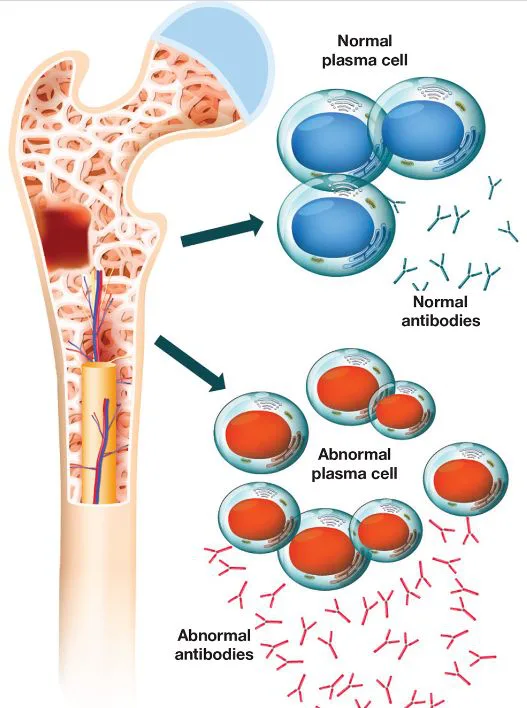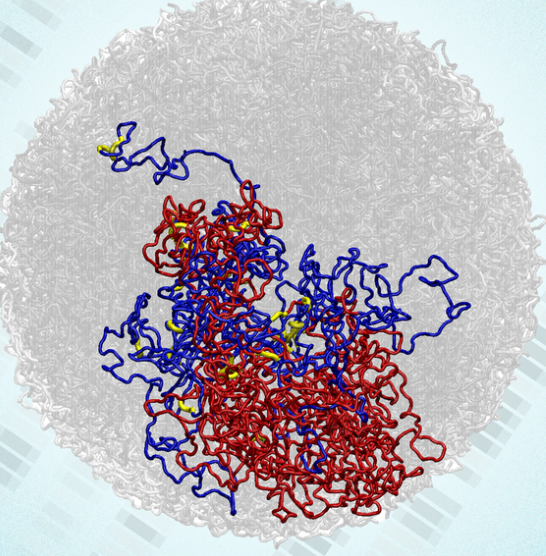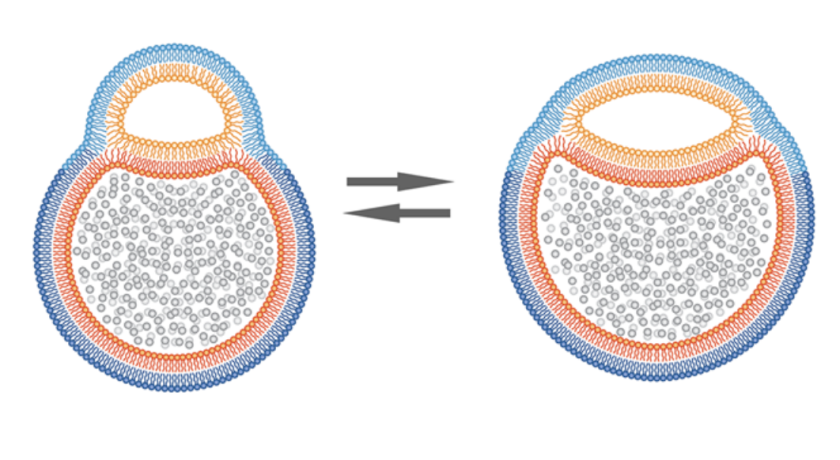
The University of Pennsylvania in Philadelphia conducted a study utilizing siRNA technology to suppress the cyclophilin A (CyPA) protein.
Surprisingly, this approach not only led to a reduction in tumor size. But it also enhanced survival rates among patients diagnosed with multiple myeloma.
What is multiple myeloma?
Multiple myeloma (MM) is a type of blood cancer. It initiates in the bone marrow and can also develop tumors in other organs of the body. Bone marrow is a spongy tissue found inside our bones.
Although treatments are prescribed, yet there is no cure for multiple myeloma.
After therapies are done, the disease often relapses. And patients who experience relapse usually have short survival times of around 3 to 6 months.
This happens since the individual undergoing multiple myeloma treatments become resistant to the medications. And consequently, the disease becomes harder to control.
Silencing CyPA and enhancing chemotherapy sensitivity
The cells that line the blood vessels within the bone marrow (called endothelial cells) are believed to have an important role.
One protein called cyclophilin A (CyPA), is released by these endothelial cells. It is thought to contribute to the advancement, survival, and resistance to chemotherapy in certain conditions.
Researchers tried to inhibit CyPA with the help of a nanoparticle delivery system.
They created tiny particles using a mixture of materials called polymer and lipid. These particles were designed to carry genetic material (nucleic acids) within them.
To make the particles more effective, they included another material called lipid-polyethylene glycol (PEG) to help encapsulate the nucleic acids securely.
This approach aimed to overcome the instability of small interfering RNA (siRNA) therapeutics in the bloodstream and their difficulty in penetrating cell membranes.
By utilizing these nanoparticles, the researchers sought to deliver the potential therapy to the specific location in the bone marrow where it was needed.
Using these nanoparticles, the researchers discovered a promising method to effectively silence the activity of CyPA.
By doing so, they were able to potentially hinder the advancement of multiple myeloma (MM).
Additionally, this approach increased the vulnerability of MM cells to chemotherapy, making the cancer cells more responsive to the effects of chemotherapy drugs.

Takeaway
The study looks promising. This combination of silencing CyPA and enhancing chemotherapy sensitivity may have significant implications for treating multiple myeloma and improving patient outcomes.
The silencing of CyPA not only reduced the cancer cells’ ability to invade the bone marrow endothelial cells. But it also assisted in disruption of their interactions.
The researchers suggest that this nanoparticle platform could be used to deliver nucleic acid therapies for other types of cancer as well.
Via: Phys.org



